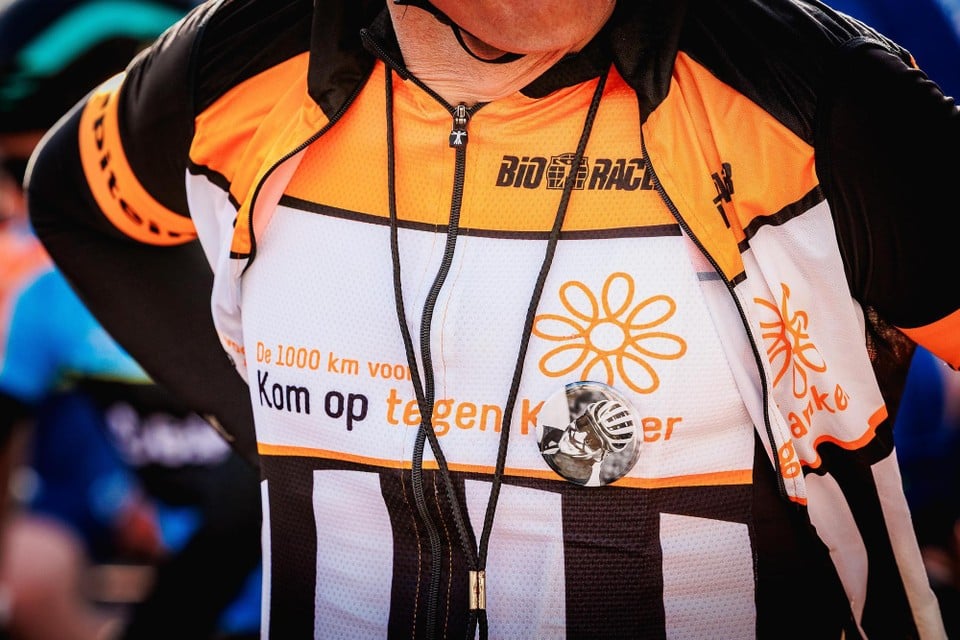The medical secrets we can learn from monkeys, birds and butterflies

Animals that do not have access to medicine like us, develop unique strategies to stay healthy.
Modern scientists begin to understand how deeply nature affects medical science.
According to the Guardian, Jaap de Roode, Professor of Biology at Emory University, through his book Doctors by Naturehe mentions many cases where animals use natural substances to protect themselves from diseases.
From monkeys to bees, nature provides examples of « self -healing » that can also be useful to humans.
Sparrows and sparks: the utility of cigarette butts
In the city of Mexico, sparrows and spinns have adapted to the human environment in an incredible way.
They collect cigarette butts and incorporate them into their nests, where they use them to remove parasites, such as ticks and lice, from their chicks.
Initially, the researchers believed that cigarettes were simply served as insulating material, but through experiments they discovered that nicotine had antiparasitic action.
This means that sparrows use cigarette butts as a medicine to heal their offspring from the bloodthirsty parasites that affect them.
Monkeys and plants
Monkeys also have excellent knowledge of plants that help them stay healthy.
It is well known that many species of primates consume bitter plants to treat intestinal worms and infections.
A chimpanzee, for example, was observed consuming bitter leaves, which locals traditionally use to cure diarrhea and parasites.
This « dietary wisdom » suggests that animals know which plants will help them cure health problems and protect themselves from diseases.
Monarch butterflies
Another impressive discovery was made to the « Monarch Butterfly ».

Monarch butterfly in flower of passion (passifloraceae sp.).
The caterpillars of these butterflies consume specific plants, such as Milkweed, which contains hearts, substances that fight pests.
Campies that eat the tropical Milkweed were much less likely to be affected by the parasite Ophryocystis Elektroscirrha, which can cause serious weight loss and dehydration.
Female butterflies, in fact, prefer to place their eggs on plants with these medicinal properties, protecting their little ones from parasites.
Aspirin for cows
Domestic animals are still smart enough to have what scientists call « nutritional wisdom »: they hear their instincts.
Worm infected animals are looking for shrubs rich in tannins, who, when consumed, can kill worms.
For example, organic farmer Rosamund Young has noticed that, if they are sick, free -range cows are looking for bark or willow bark, a source of salicylic acid, a chemical compound modified by chemists to produce aspirin.
Bees and disinfection

Propolis in the hives.
Bees are also known for the use of propolis, a resinous substance that collect from plants, to protect their hives from pathogenic microorganisms.
When the hives are infected with diseases, bees rush to collect more propolis to enhance their protection.
Propolis has antibacterial and antifungal properties, which help maintain the health of the colony.
The wisdom of nature
Observing these behaviors by animals teaches us that nature has many answers to the treatment of diseases and protecting from parasites.
Animals are not only victims of diseases, but use the natural materials of their environment to self -heal, having learned from the evolution of what plants and substances are useful for their health.
Jaap de Roode, a professor of biology, emphasizes that our knowledge of medicine may have started with the imitation of animals.
Today, scientists are studying these natural practices to discover new treatments for human diseases and find ways to combat antibiotic resistance.
This field of research opens new paths for pharmaceutical and medical science, giving us the opportunity to learn from nature and integrate the lessons that have learned animals for millions of years.








